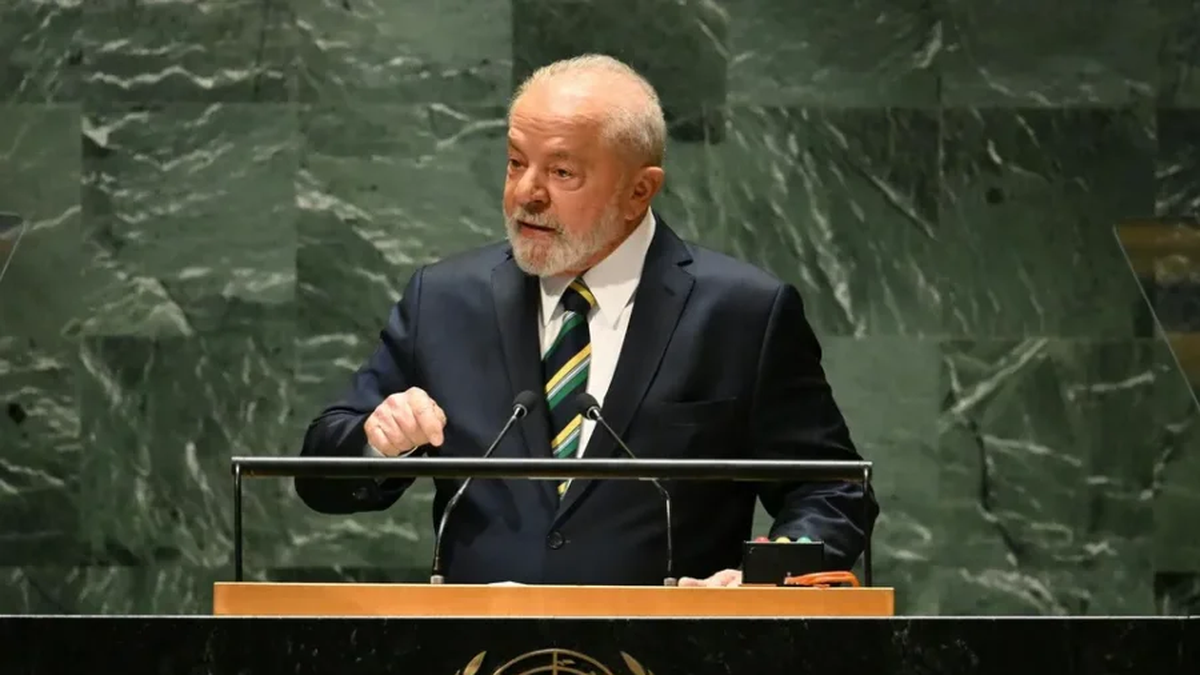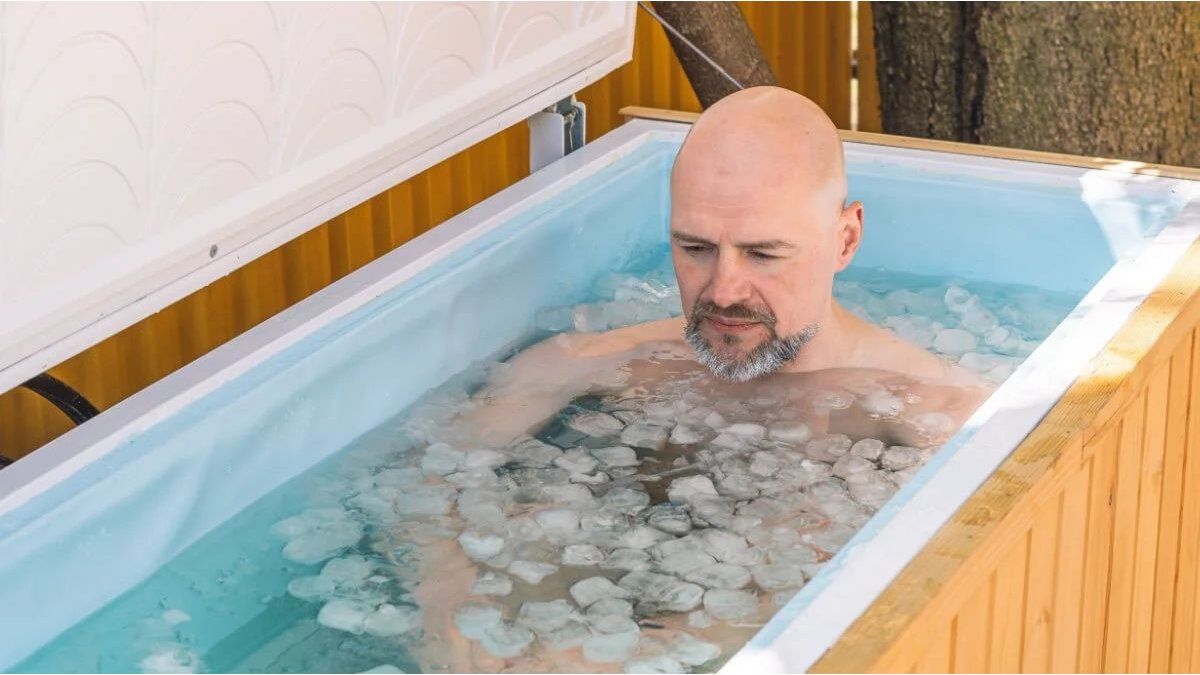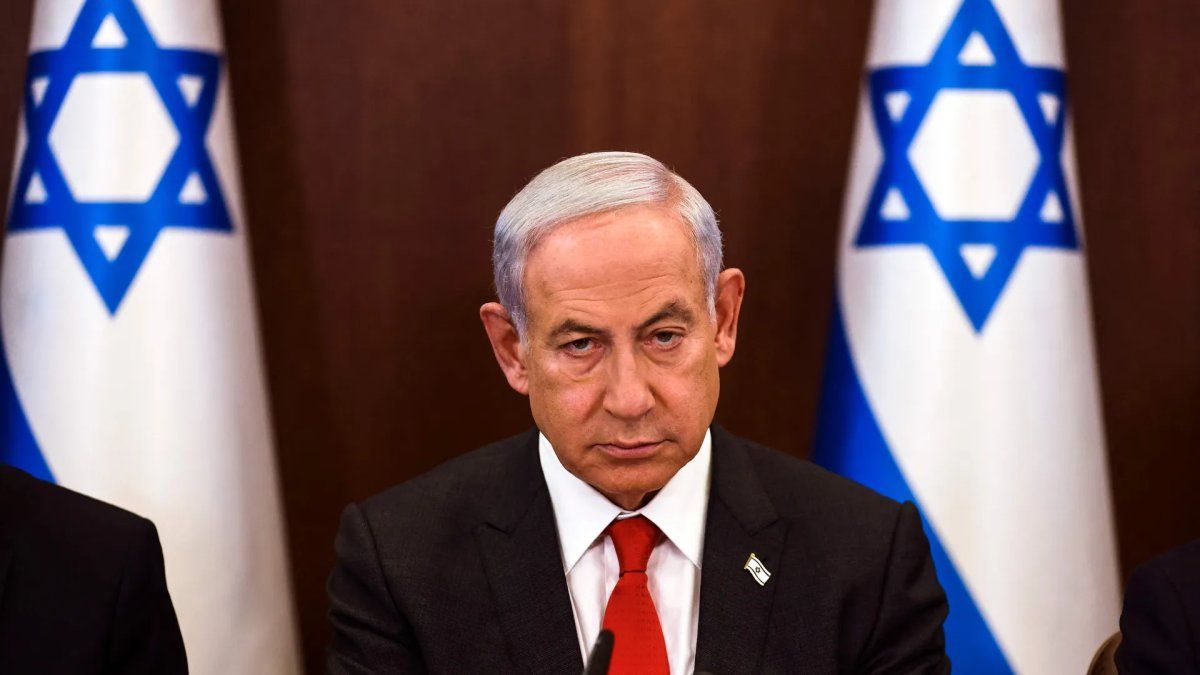Image: gepa
“We are in the process of formulating certain requests for rule changes to the FIS in order to fulfill our responsibility as a sports association,” explained ÖSV General Secretary Christian Scherer in a media discussion in Vienna on Thursday.
The material gets better every year and the willingness to take risks increases every year. The aim is to reduce speed, for example by using different suits or preparing skis. “When you measure fluorine, you also have to be able to regulate the edge angle,” explained Scherer.
- also read: This is how Mikaela Shiffrin feels after her serious fall
The experts are also called upon to ensure that the risk of injury decreases because it does not help our image and is also damaging. It’s not good when we have so many injuries.” This also applies to recruiting young talent.
Fatal external impact
Because the parents would ask themselves whether it would still be a good idea to let their children practice skiing given the plight of injuries. Of course, the increase in lift ticket prices also plays a role in this issue.
“Many people don’t know that there is free transport in many ski areas up to young people,” emphasized Scherer. For other regions where something like this cannot be used, models and economic projects are needed.
Solutions are also needed when it comes to the cost situation in secondary schools, for example through scholarships.
Demanding time horizon
“We should think about these topics for the next three to five months,” Scherer specified, referring to the time horizon up to the Ski Austria national conference scheduled for early summer in Vorarlberg.
“We want to present appropriate solutions and concepts.” Until then, the focus should be on the topics of “sustainable and affordable skiing”. “We want to address these topics with experts over the next few months. The kick-off events to fix the timetable are scheduled for next week.”
With regard to sustainability issues, the ÖSV downhill skier Julian Schütter, who is very active in climate issues, will also be involved. It would also be desirable to have cross-state regulations for public arrivals and departures from events. A ticket for an event could also be the ticket for getting there.
But there is a lack of coordination, says Scherer. “We haven’t yet been given a contact person for this in the Climate Ministry. There are already solutions that we can implement ourselves, but there are also demands on politicians.”
Is there movement in the calendar?
Part of the environmental issue is of course the design of the World Cup calendar, which Scherer sees as a clear necessity. “Sooner or later it will be the case that you start later (into the season, note).” With the opening races in Sölden, they are ready to move from October to November, which there is a willingness to do from 2025 onwards. “2024 would also have been possible, but since we don’t have a calendar yet, it would be negligent to simply block a November date. Unfortunately, Zermatt-Cervinia is currently the brake on calendar planning.”
- Also read: The Upper Austrian wins Super-G bronze at the Junior World Championships
The races in the Swiss-Italian border area have not been able to take place for two years due to the weather, with a total of eight cancellations. Scherer: “It’s an innovative concept, but the wrong time. We know that no one has ever trained up there in Zermatt in November.” The ÖSV “General” confirmed that the event has apparently been fixed for a longer period of time.
“There is apparently a document signed by the FIS president (Johan Eliasch, note) that grants them the races for five years. That is very irritating for us because it doesn’t exist in any other place.”
Documentary about black comeback
In principle, Scherer advocated fewer races in the World Cup calendar and more high-quality ones. “This is good for the athletes and also for the product.” The training calendars have already been or are being changed, and the training and courses are also scheduled differently than before. “We ski much longer than before. We have to make better use of the time in the spring in order to be able to compensate for the lack of training opportunities in the summer and early fall.”
It is unclear when Marco Schwarz will start ski training. The Carinthian suffered his second cruciate ligament tear in Bormio at the end of December while chasing the overall World Cup and, according to Scherer, is working on his comeback “with an extremely strong mindset”. The process until then will be accompanied on film.
“We’re doing this to show that even with two cruciate ligament tears, you can make a comeback to the top of the world. The primary intention is to encourage young people.” The first of two parts is scheduled to air in early March before the Aspen Giant Slalom.
more from Alpine skiing
Super-G: Swiss Odermatt wins in Garmisch ahead of Haaser
The long shadow over Stephanie Venier’s triumph
Gut-Behrami won the giant slalom at Kronplatz
When the starting field thins out
: Nachrichten
I am Pierce Boyd, a driven and ambitious professional working in the news industry. I have been writing for 24 Hours Worlds for over five years, specializing in sports section coverage. During my tenure at the publication, I have built an impressive portfolio of articles that has earned me a reputation as an experienced journalist and content creator.




